The world is filled with captivating places, each with its unique story. Among these are the Seven Wonders of the World, creations of such grandeur that they inspire awe. Their beauty, architectural brilliance, and rich histories add profound depth, leaving us mesmerized time and again. Each wonder possesses its own charm, a distinct narrative, and a specific place on the global map.
Let's explore these incredible sites.
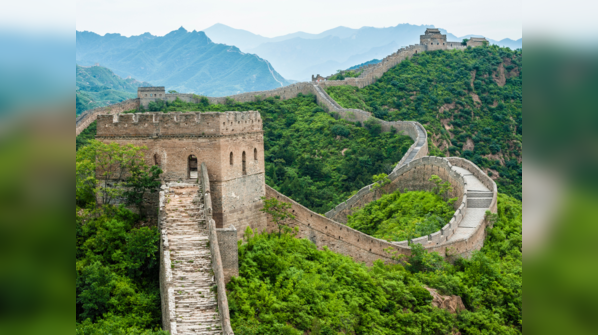
The Great Wall of China, a formidable series of fortifications constructed from stone, brick, and tamped earth, stretches over 21,000 kilometers. It exemplifies human determination and architectural prowess. Built without modern machinery, its construction, spanning from the 7th century BC to the 17th century AD, involved soldiers, peasants, and even prisoners. The sections built during the Ming Dynasty are particularly notable. Its construction over centuries is truly fascinating.
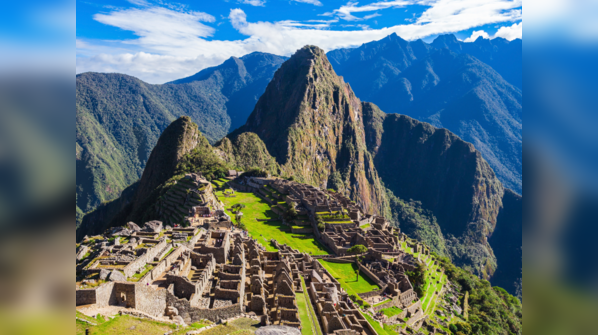
Nestled high in the Andes Mountains of Peru, Machu Picchu stands as a breathtaking archaeological wonder. Often called the "Lost City of the Incas," this 15th-century structure continues to inspire awe with its spectacular location, well-planned architecture, and enduring mystery. Built on a narrow mountain ridge at approximately 2,430 meters (7,970 feet), its stone structures seem to emerge from the earth itself. This expansive complex encompasses temples, plazas, terraces, fountains, and living quarters.
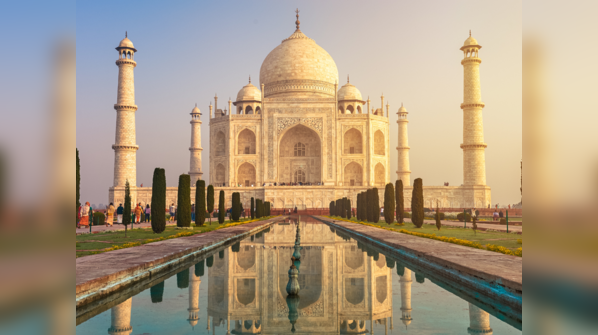
The Taj Mahal in Agra is synonymous with eternal love and is among the most celebrated monuments in the world. Mughal emperor Shah Jahan built this white marble masterpiece in memory of his wife, Mumtaz Mahal. Construction began around 1632 AD and concluded in 1648 AD. The Taj Mahal, with its mosque, guesthouse, and main southern gateway, is a testament to symmetry, artistry, and devotion.
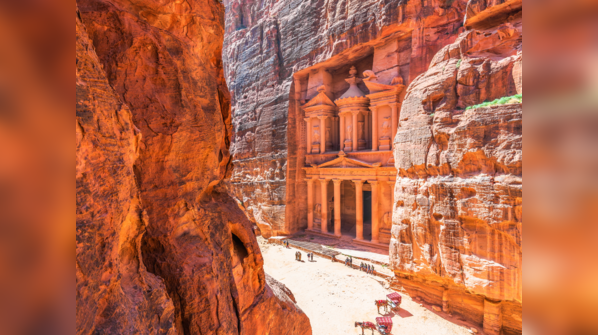
Hidden within the rugged terrain of Jordan lies Petra, a city renowned for its unique rock-cut architecture and historical significance. Known as the "Rose City" due to its red hues and sandstone facades, Petra is a marvel of ancient engineering and imagination. Beyond its architecture, the city encompasses a vast area with wonders like the Monastery, Royal Tombs, and the Great Temple, along with numerous dwellings and burial sites. Founded as early as the 4th century BCE, Petra served as the capital of the Nabataean kingdom, a wealthy Arab tribe that controlled vital trade routes.
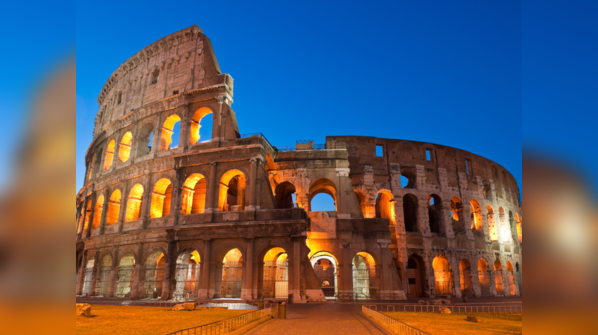
Originally known as the Flavian Amphitheater, the Colosseum stands tall in the heart of Rome. This iconic monument serves as a powerful reminder of ancient Rome. Having witnessed nearly 2,000 years of history, from gladiatorial contests to shaping Roman society, its construction began in 72 CE during the reign of Emperor Vespasian. The Colosseum was Rome's stage for drama and entertainment, where gladiators fought to the death and exotic animals battled each other.
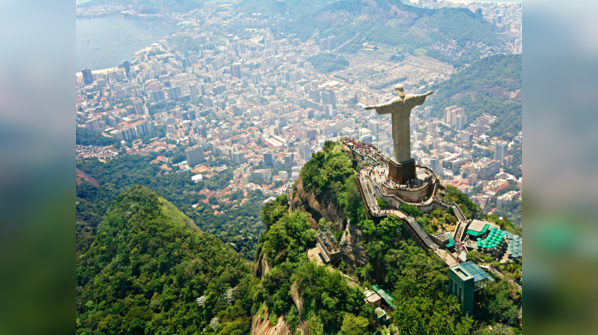
Perched high above Rio de Janeiro, with arms outstretched, Christ the Redeemer (Cristo Redentor) embraces the city. It achieved its title in 2007. More than a religious icon, it is a symbol of hope and welcome. While plans for the monument date back to the mid-19th century, they truly materialized in the 1920s. Today, millions visit this site for its spiritual significance and the breathtaking views from its base.
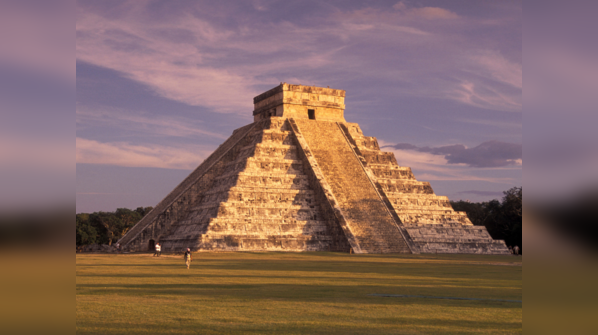
Located on Mexico’s Yucatan Peninsula, Chichen Itza is an ancient city surrounded by dense jungles and echoes of the past. Founded around the 5th and 6th centuries, it was inhabited by people skilled in astronomy, mathematics, and architecture. A UNESCO World Heritage site, Chichen Itza is one of Mexico's most visited landmarks. Though largely in ruins, the surviving structures offer insights into the civilization it once housed.
Newer articles
Older articles
 India Enters New Space Age as Astronaut Shukla Joins ISS Mission
India Enters New Space Age as Astronaut Shukla Joins ISS Mission
 X Cracks Down: Half a Million Indian Accounts Suspended for Policy Breaches
X Cracks Down: Half a Million Indian Accounts Suspended for Policy Breaches
 Google Unveils Strategy to Combat Misinformation, Boost Voter Access in India's 2024 Elections
Google Unveils Strategy to Combat Misinformation, Boost Voter Access in India's 2024 Elections
 Hair Oil vs. Hair Serum: Which is the Right Choice for Your Hair?
Alternatively:
Unlock Your Best Hair: Choosing Between Hair Oil and Serum for a Healthy Mane
Hair Oil vs. Hair Serum: Which is the Right Choice for Your Hair?
Alternatively:
Unlock Your Best Hair: Choosing Between Hair Oil and Serum for a Healthy Mane
 Bollywood's 'Swades' Anthem Joins Axiom-4 Mission: Indian Astronaut's Playlist Honors Heritage in Space
Bollywood's 'Swades' Anthem Joins Axiom-4 Mission: Indian Astronaut's Playlist Honors Heritage in Space
 Vijay Sethupathi Apologizes Amid Controversy Over Son's Film 'Phoenix'
Vijay Sethupathi Apologizes Amid Controversy Over Son's Film 'Phoenix'
 New York Assemblyman Zohran Mamdani's Style: 5 Lessons in Authenticity and Heritage
New York Assemblyman Zohran Mamdani's Style: 5 Lessons in Authenticity and Heritage
 Colon Cancer: Don't Ignore These 5 Early Warning Signs
Colon Cancer: Don't Ignore These 5 Early Warning Signs
 TSMC Regains Top 10 Global Value Ranking Amid AI Boom
TSMC Regains Top 10 Global Value Ranking Amid AI Boom
 Android Users Urged to Update Devices Amid High-Severity Security Flaws: Government Issues Warning
Android Users Urged to Update Devices Amid High-Severity Security Flaws: Government Issues Warning